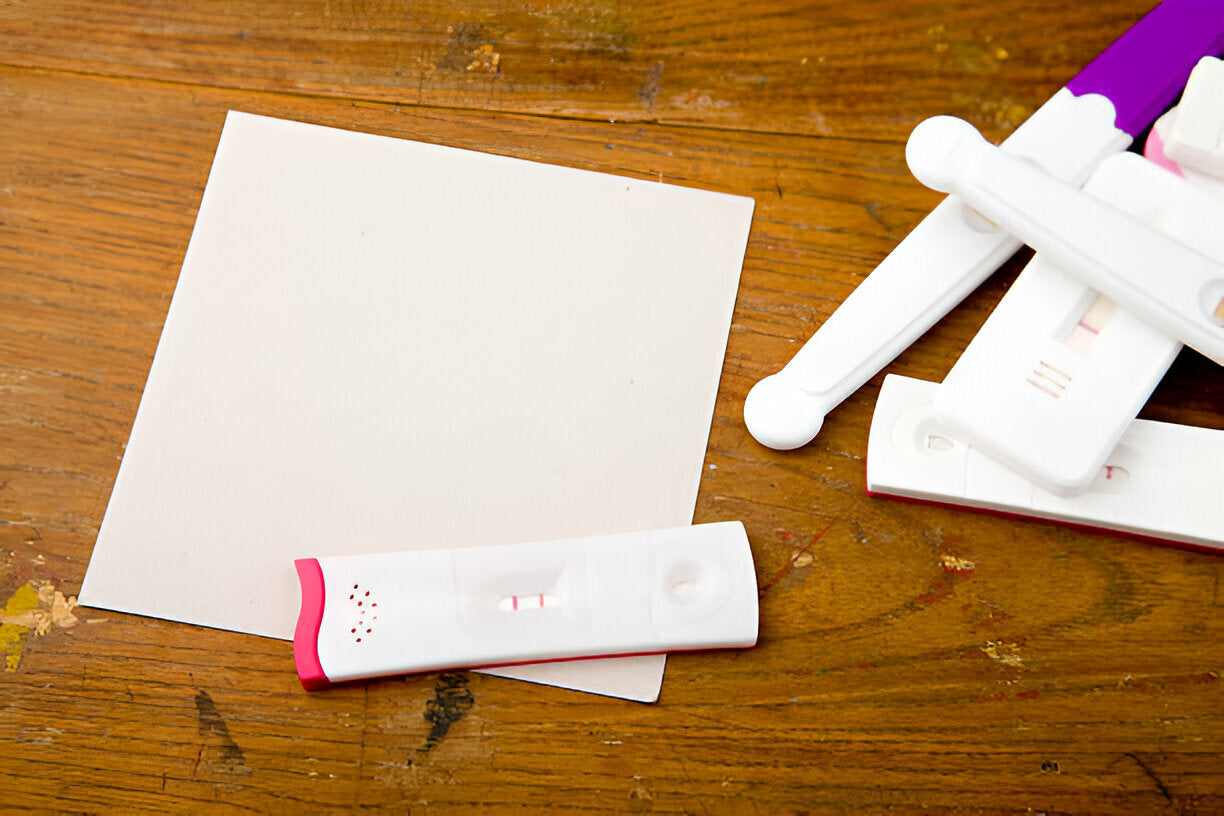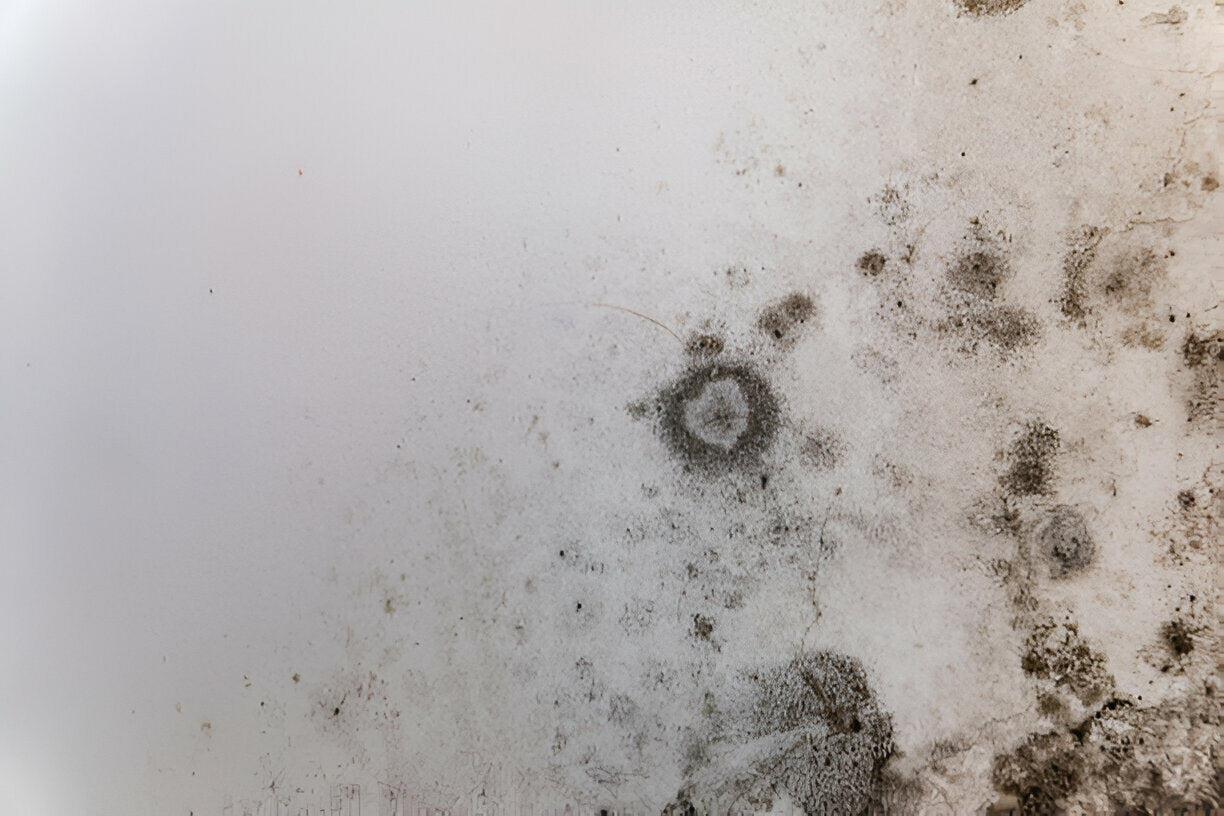At first glance, mold and mildew might seem interchangeable—both are fungi, thrive in damp environments, and can be unsightly or harmful. However, there are significant differences between the two that can impact how you address them in your home or business. Let’s break down the distinctions:
What Are Mold and Mildew?
Mold and mildew are both types of fungi, but they differ in their appearance, growth patterns, and effects.
- Mold is a fungus that grows in the form of multicellular filaments called hyphae. It typically appears as black, green, or dark brown patches and tends to grow on organic materials such as wood, drywall, or food. Mold often penetrates beneath surfaces, making it harder to clean.
- Mildew, on the other hand, is a surface-level fungus that appears powdery or fluffy. It is usually white, gray, or yellow and is often found on damp, flat surfaces like bathroom tiles or shower curtains.
Where Do They Grow?
- Mold thrives in consistently damp, poorly ventilated areas with organic material to feed on, such as basements, kitchens, and behind walls after leaks.
- Mildew is commonly found in humid environments and grows on non-porous surfaces like glass, tile, or metal. It also appears on plants and fabrics in damp conditions.
Are They Dangerous?
Both mold and mildew can pose risks to health and property, but the severity differs:
- Mold can cause serious health issues, including respiratory problems, allergies, and in some cases, toxic reactions. Long-term exposure to mold, especially black mold (Stachybotrys), is particularly hazardous.
- Mildew is generally less harmful but can still trigger allergies and irritate the respiratory system. Its primary risk lies in damaging fabrics, plants, and other surfaces.
How to Tell the Difference
To distinguish mold from mildew:
- Look at the texture: mold is often fuzzy or slimy, while mildew is powdery or flat.
- Check the color: mold appears darker, while mildew is lighter, often white or yellow.
- Test the depth: mildew usually remains on the surface, whereas mold tends to penetrate materials.
How to Remove Them
- Mildew can typically be removed with a mixture of vinegar or bleach and water, scrubbing the affected surface gently.
- Mold requires a more intensive approach. It’s often necessary to remove and replace affected materials. For extensive mold problems, professional remediation is recommended.
Prevention Tips
- Keep indoor spaces dry and well-ventilated.
- Fix leaks promptly.
- Use dehumidifiers in areas prone to moisture buildup.
- Regularly clean surfaces to prevent mildew and mold growth.
Conclusion
While mold and mildew share similarities, understanding their differences is crucial for addressing and preventing them effectively. Mildew is a surface nuisance, while mold can be a deeper, more harmful issue. Both should be addressed promptly to maintain a safe, healthy home.
Need to test for mold? Try our Home DIY Mold Testing Kit to identify mold types and take control of your space today!






